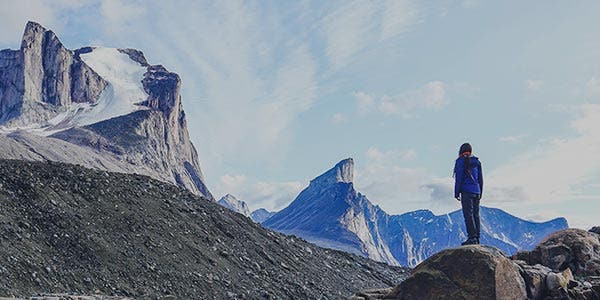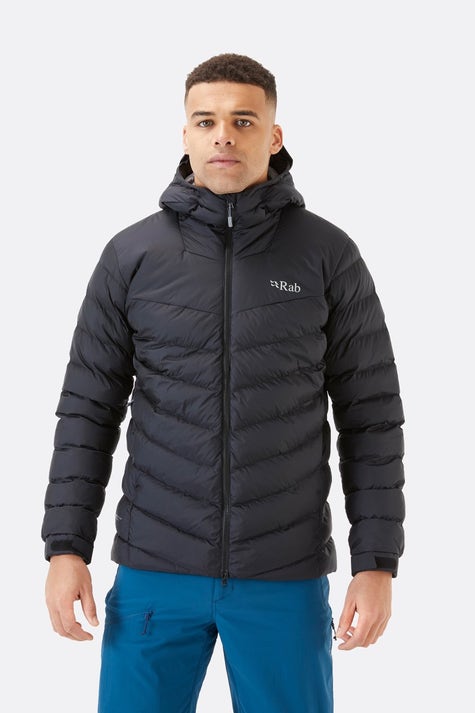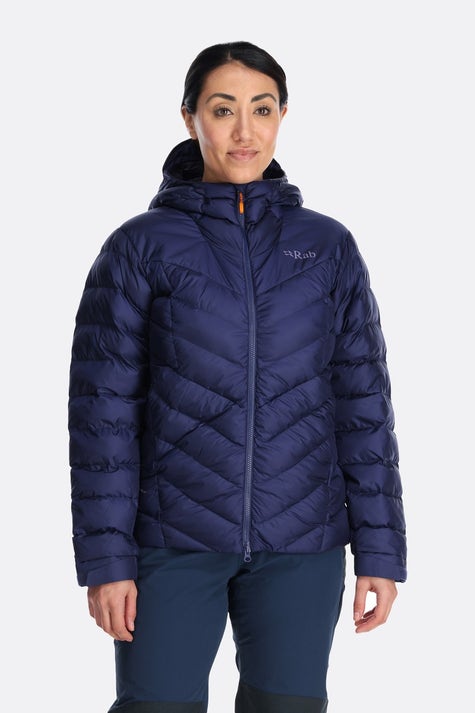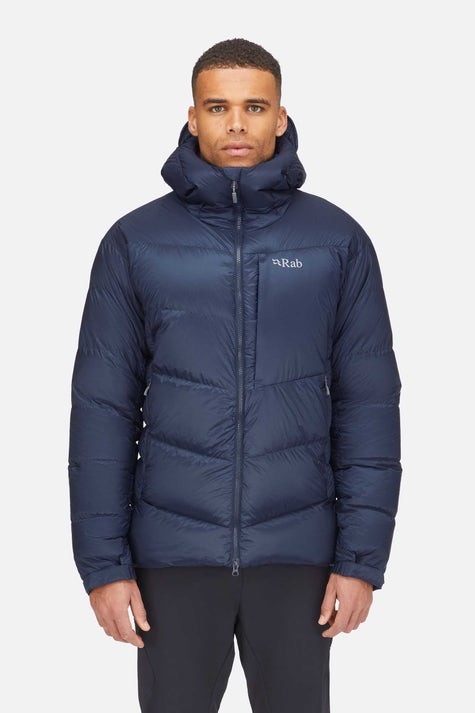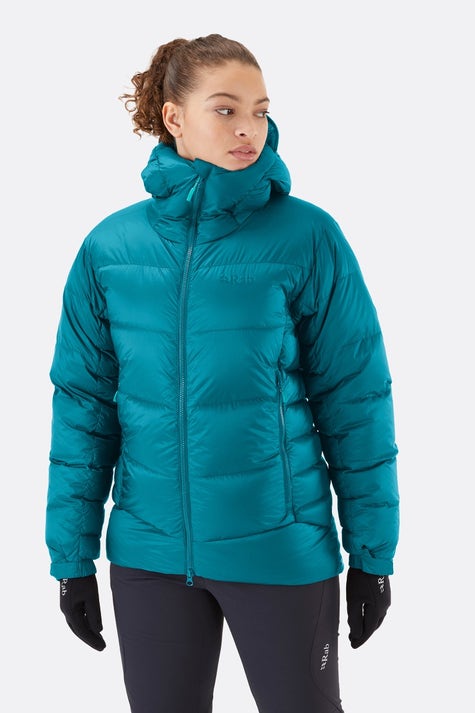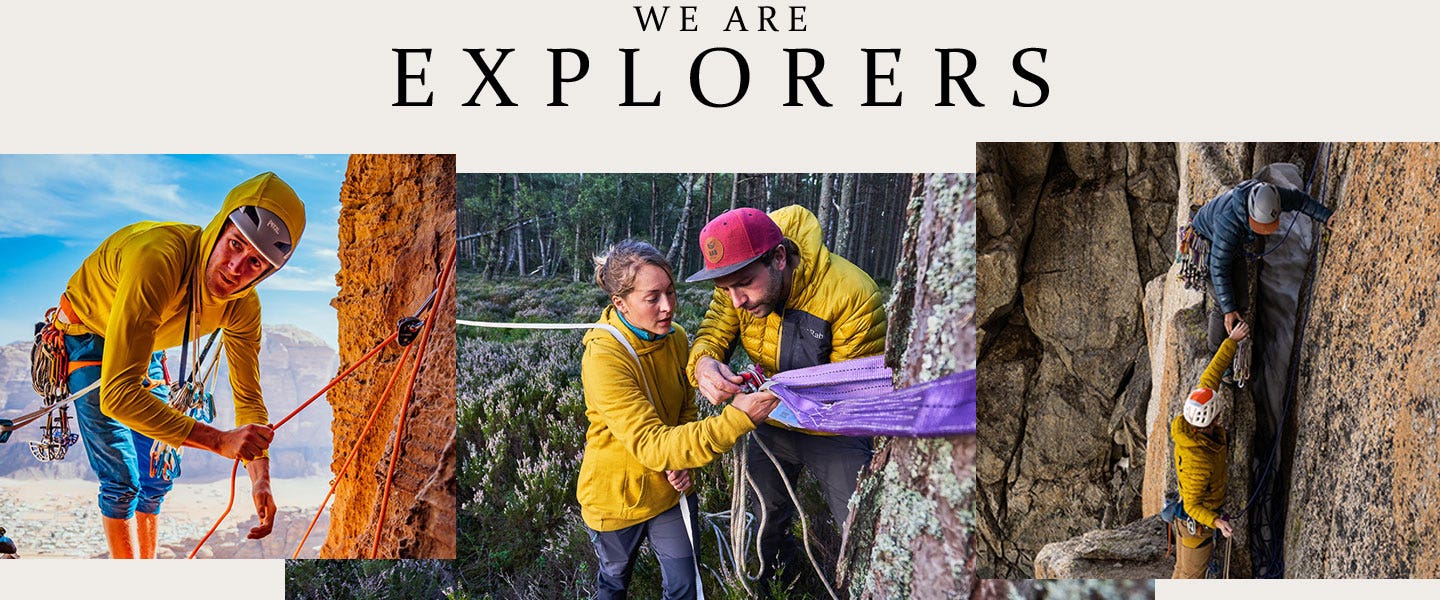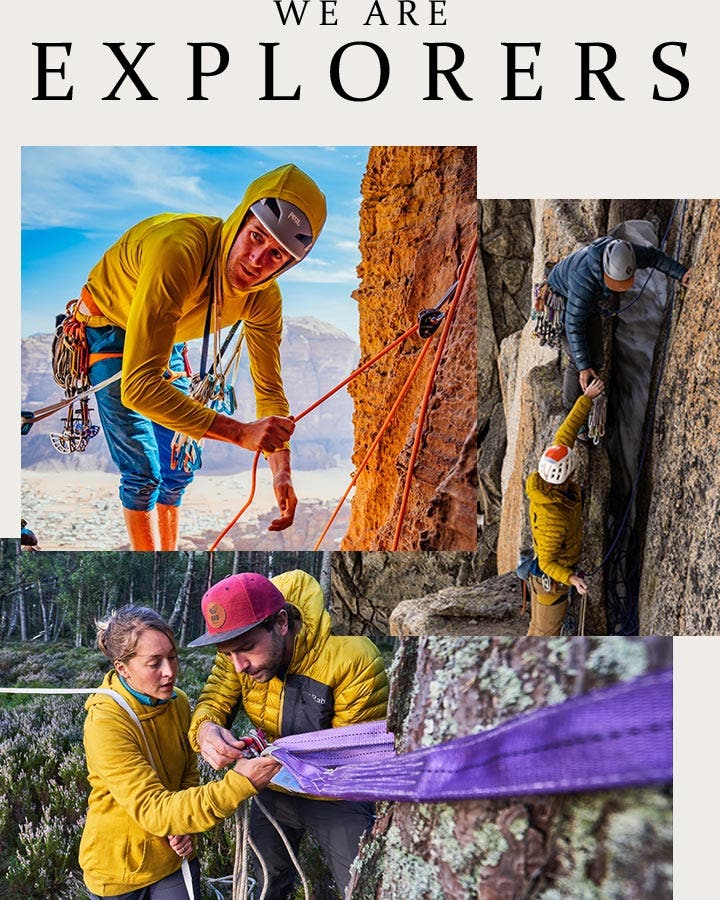
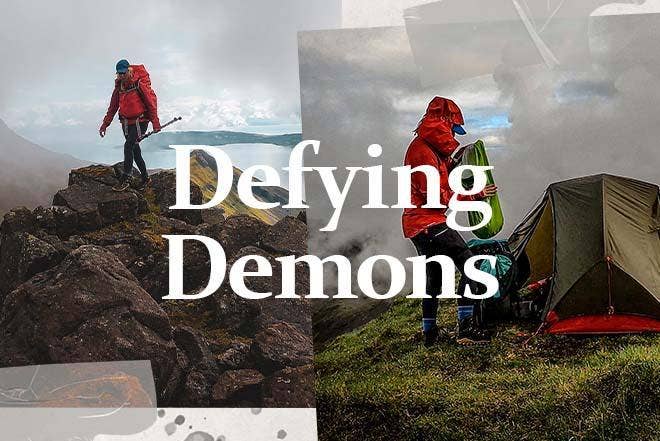
A wild and remote Scottish island with a volcanic ridge and trolls… Sign me up!
Most people know the iconic ridge of the Black Cuillin on the Isle of Skye but lesser known and so perhaps more intriguing is the Rum Cuillin ridge. Lying just south of Skye, the Isle of Rum is beautifully rugged. Its Cuillin ridge was formed by a volcanic eruption 60 million years ago. When the Vikings landed there in the 11th century, they heard eerie screeching and cackling coming from the mountains which led them to believe the island was inhabited by trolls.
Leaving the Scottish mainland on the Small Isles’ boat with just a backpack and a rough plan, felt extra-adventurous. Irregular boat crossings and the very small island population made logistical planning more challenging than usual. Other than the tiny settlement of Kinloch, with its very basic facilities and population of around 30 people, it’s a wilderness. And then there’s the weather. The exposure to the west, and prominence of the Cuillin mountains attracts every bit of cloud and turbulent weather from the Atlantic. I’d set aside a week for this trip in hope of getting some better weather for at least a day or two.


As Rum came into view, the characteristic moody skies loomed and the Cuillin stood ominously shrouded in dark cloud. My sights were set on a ridge camp to catch the sound of the illusive Rum Trolls at night, otherwise known as one of the largest breeding colonies of Manx Shearwater in the world. These unusual sea birds spend their summer days gliding the waves. At night, to avoid predators, they return in their thousands to high burrows on the jagged peaks of Hallival, Askival, and Trollabhal (named by the Vikings). It’s a spectacle that few get to witness.
With the rain bouncing off my GORE-TEX shield, and the wind driving the rain sideways from the south, I looked nervously up at the rising land met by clag. The ridge wasn’t for that first afternoon, not unless I wanted a battle. And with a bleak forecast for the following two days, I set off to hack my way around the rugged Rum coast. Far from a casual coastal bimble, I cut my own path over the rough, steep ground where the sides of the mountains fell away to cliffs and the open ocean. Feral goats, red deer, more ticks than you can shake a tick tool at, and me. It felt like true exploration.


As Rum came into view, the characteristic moody skies loomed and the Cuillin stood ominously shrouded in dark cloud. My sights were set on a ridge camp to catch the sound of the illusive Rum Trolls at night, otherwise known as one of the largest breeding colonies of Manx Shearwater in the world. These unusual sea birds spend their summer days gliding the waves. At night, to avoid predators, they return in their thousands to high burrows on the jagged peaks of Hallival, Askival, and Trollabhal (named by the Vikings). It’s a spectacle that few get to witness.
With the rain bouncing off my GORE-TEX shield, and the wind driving the rain sideways from the south, I looked nervously up at the rising land met by clag. The ridge wasn’t for that first afternoon, not unless I wanted a battle. And with a bleak forecast for the following two days, I set off to hack my way around the rugged Rum coast. Far from a casual coastal bimble, I cut my own path over the rough, steep ground where the sides of the mountains fell away to cliffs and the open ocean. Feral goats, red deer, more ticks than you can shake a tick tool at, and me. It felt like true exploration.


After a challenging river crossing in Glen Dibidil on the southeast corner, I opted to head on past Dibidil bothy to pitch my tent amongst the heather and boggy tussocks high on the cliff. The next day, caffeine laden and GORE-TEX clad, I shook the ticks off, packed my wet tent, and made for Loch Papadil on Rum’s south side. As the loch revealed itself in a basin below the mountains feeding into the ocean, the scene was like something from a film. At the head of the loch, a magical woodland with bright rhododendron that looked as if it belonged somewhere like Madeira, and a waterfall crashing down from Sgurr nan Gillean which towered above into the clag. It felt like no one had ever been here before. As if I could discover a never-before-seen species at every step. Though, I wouldn’t know a new plant or animal if it batted me over the head and told me so.
Amongst the woodland, I found the ruins of Papadil Lodge. Once a deerstalking retreat taken back by nature. It had an eerie feel with metal bed frames still inside and trees creeping through every opening. A spooky place if your mind was left to wonder… Though the only thing spooking me was incessant midge gnawing.
Away from the shelter of the woodland, back up high and midge free, I cut my way along the cliffs and down to Harris Bay. As the weather worsened, I took to the hillside once again, and looking up only when greeted by wild goats, I eventually descended into the steep sided Glen Guirdil to reach Guirdil bothy on the west coast. With the bothy occupied, I pitched my tent on what I thought was its sheltered side. But with swirling wind I had a fierce battle with the outer sheet. It flipped over my head like a scene from Carry on Camping, everything got soaked.


The watery theme continued the next day with no sign of the rain lifting. I explored sea caves and bursting waterfalls. The challenge of the day though was Glen Shellesder Burn. A deep torrent of water flooding down from the saturated Cuillin - there was no crossing that with ease! Following the river east into the glen, any attempt to cross would see me at least waist deep with my pack on my head, I could only hope for a jumpable section. I was so far up the glen when that arose and tired from following the twists and turns, I decided not to retrace my steps back once on the other side. Moreover, the weather window I’d been hoping for looked like it might just be coming. I continued east to pitch at Kinloch for the night – the ideal starting point for a Rum Cuillin traverse.
The rain finally lifted around mid-morning the next day. After putting up more washing lines than you’d find on a Venetian street, I managed to dry my kit in time to start that afternoon. Heading into Corrie Dubh with my pack full, I met a man making his descent back to Kinloch, who asked about my plans before kindly telling me that, “the traverse was really hard”. Shrugging it off, assuring myself this was just his opinion, but secretly holding onto nervous thoughts of, “What if it’s too hard for me? He looked experienced…”, I followed the river into the corrie and ascended the shoulder of Hallival. I’d mostly be taking the path of least resistance with no more than grade 1 scrambling on the cards. The full view of the Cuillin emerged and I was struck with awe.
Scrambling my way through the boulder field on Hallival’s northwest ridge, I worried about finding somewhere to camp. Time and time again, when I adventure on my own, I lose faith in my plan once I get there. It’s infuriating, but in a sense I’m just grateful I don’t lose faith before leaving. That might put an end to the adventure before it even begins!


After descending Hallival’s south ridge, I found my camp spot, and instantly my thoughts changed to, “This is the best idea I’ve ever had!” As they often do. Light winds and a smattering of blue sky, I pitched my tent on the grassy approach to Askival, avoiding the burrows as best I could. I was excited to see what the night would hold. When darkness eventually fell, I lay there in wait.
At around midnight, the first eerie shrieks came from the distance. I wondered if all the ‘troll’ fuss was a bit exaggerated. Within an hour I was eating my words as my tent was surrounded by shrieking, cackling Shearwaters. I peeped through an opening in the zip to see silhouettes swooping over the edge. Not wanting to disturb them, I stayed inside and listened to the troll festival. I imagined them hopping into their little burrows in pairs to feed their single chick. Like puffins, the Manx Shearwaters return to their same burrows after a winter in warmer climates. Jealous of their polished internal Sat Nav systems, I could only hope they’d magically bestow that talent onto me for avoiding Grade 3 scrambles the next day. The experience of being amongst the colony is one I’ll never forget.


Only a few hours later, daylight returned. Cloud wafted over the ridge engulfing my tent intermittently, but in the breaks the view of the sunrise reflecting on the sea was sublime. I met only two other people all day. Through breaks in the cloud I could see Skye, the mainland, and the Hebridean Islands across the beautiful blue sea. With only a few drenching’s and plenty of atmospheric cloud, the weather just about held out long enough for me to complete the ridge route and descend to Dibidil bothy that afternoon. After a refreshing dip in Dibidil river, I settled into the empty bothy for the night as yet another storm hit the island. With 50-60mph winds raging, I spent the last couple of days with my tent pitched at the sheltered campground in Kinloch, soaking up the wildlife and beautiful beaches on the north of the island.
After speaking to the only other two people at the campground, it seemed my decision to take a full week and be flexible with my plan had paid off. They’d both arrived during the storm and were due home before it calmed. It was a week full of unforgettable experiences – and a little more evidence that I am capable on my own. Something to reference next time I question my judgement. Of course the questions never stop, the adventures just get tougher!


Words and images by | Sarah Leighton

